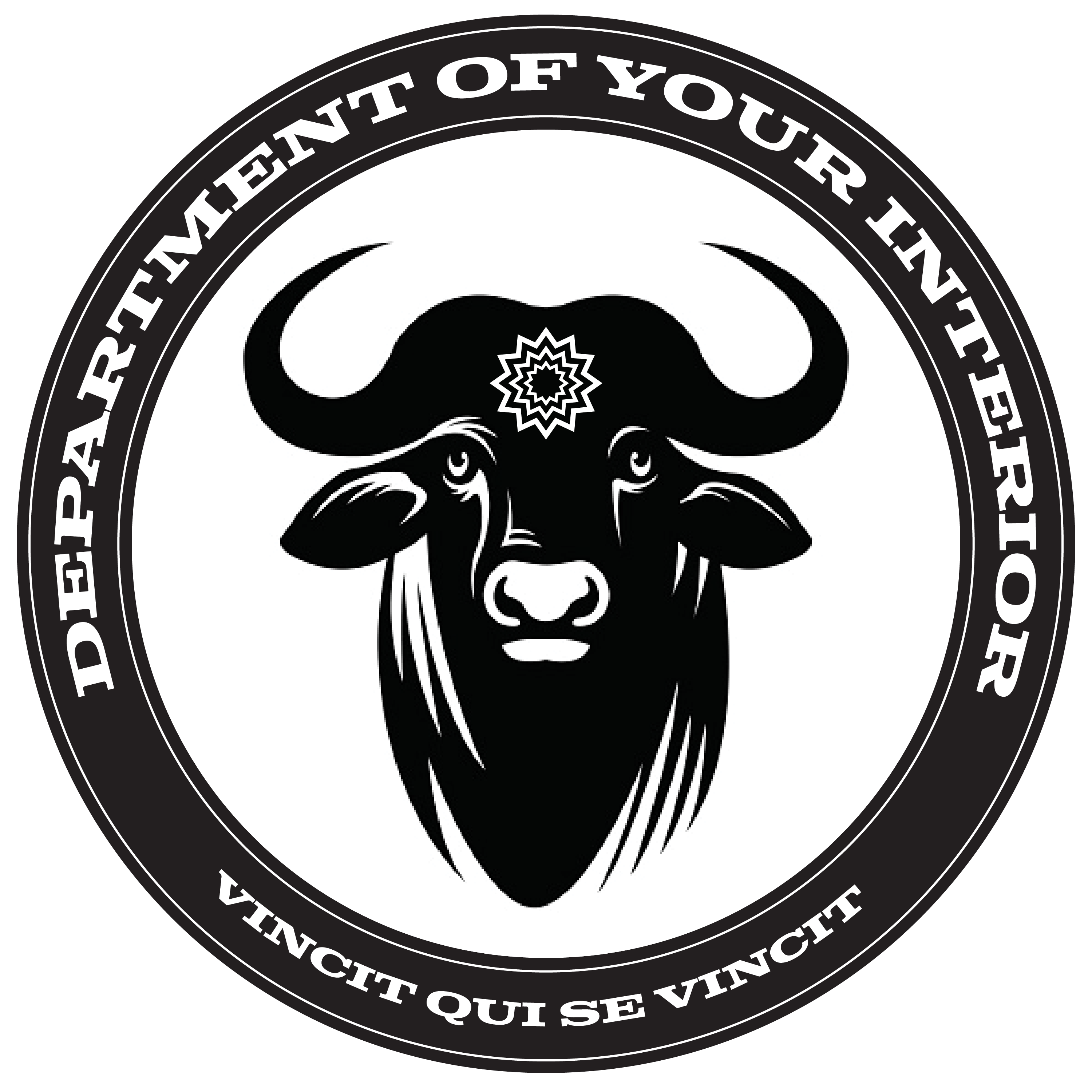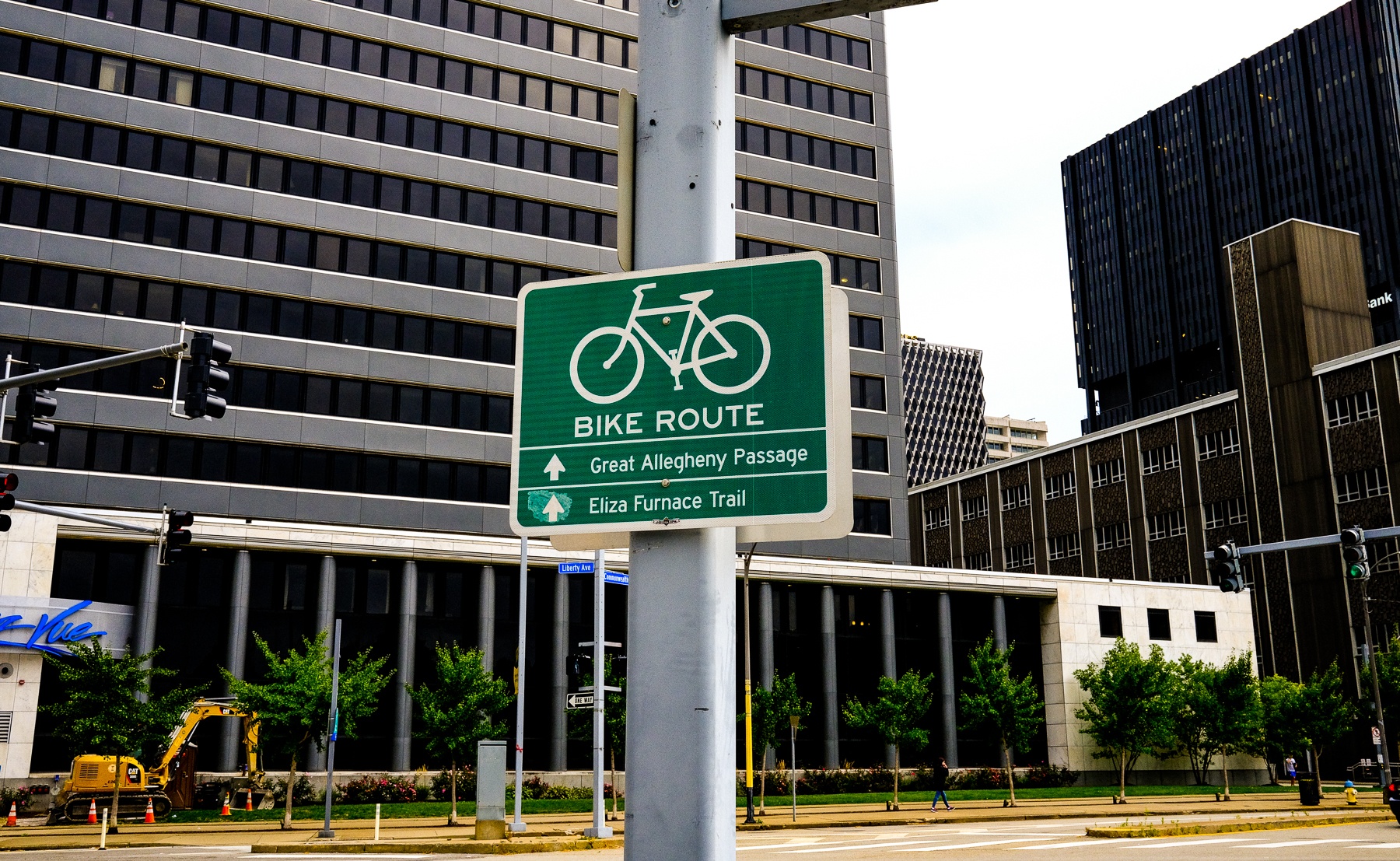You’ll have to pardon the superlatives, but the Greater Allegheny Passage (GAP) and Chesapeake & Ohio Towpath (C&O) are truly national treasures. I’d read about these directly connected bicycle and walking trails several years ago, and the idea that there was a car-free, unpaved trail between them seemed fascinating and unfathomable at the same time.
I’m 24 hours post-finishing the ride from north to south, and wanted to capture some initial thoughts, and you can find a more detailed trip journal starting here. If you’re more of a “give me the summary”-type, here are the highlights:
- 330 miles of interconnected trail, of which probably 0.4 miles is shared with vehicle traffic, and maybe 4 miles of which is paved. Don’t let the lack of pavement scare you, conditions on the GAP range from “better than most roads” to very good, and conditions on the GAP have recently improved.
- On a scale of 1 to 10, 10 being “freshly paved German roadway,” and 1 being “gnarly, rooted, rocky, single track that you should walk your bike down” the GAP probably averages a 9 and is an 8 or so at its worst. The C&O has been recently updated, with several sections of 9. On average I’d say it’s a 7.5, with some shorter sections of 6. In short, anyone can ride it, on just about any bike. I’d ride the GAP on a race bike, but would opt for something with wider tires on the C&O, but by no means so you need anything more specialized than a hybrid with wide-ish tires. The GAP was largely like riding on glass, while the C&O at its worst was similar to what I’d experienced on other rail/trail projects with some ruts, rocks, and the occasional root.
- The trails are former railroad beds and a pathway for mules towing barges, so the “climbing” is virtually non-existent with grades maxing out around 3%. If you go north to south there’s a good 45 miles or so where you’ll slowly climb from around 800′ to 2300′ at the continental divide, before descending back to 700′ over the next 20 miles. You then spend 185 miles gently dropping from around 700′ to 60′. Reverse this from south to north, where you’ll have an imperceptible climb to the start of the GAP, where you’re then faced with 20 miles of slightly more aggressive climbing before gently dropping down to Pittsburgh.
- The major cities at each end provide excellent transportation options, from air, to rail (Amtrak), to rental cars. I did a one-way rental to Pittsburgh, then took Amtrak home from DC.
- Despite the major cities at each end, you enter “the country” rather quickly on each end, so there’s little urban riding. I was surprised that I was “in” DC and could hear, but only rarely see, traffic until about 1-2 miles from the end of the trail when I saw Georgetown.
- There were many times where I felt like I was the only soul alive, and had the trail completely to myself, yet rarely did 30 minutes pass before I passed another rider or walker. There’s a great balance of isolation and a feeling of remoteness, and support should something go awry.
- On the GAP you go through a town every 20 miles or so. I ate lunch and dinner in town each day. The GAP seems a bit more remote, and I cooked dinner two nights although I believe I could have gone 2-6 miles off the trail to hit a town if I wanted.
- Camping is plentiful and largely free. The only time I paid for camping was $15 in Meyersdale, PA which included a shower, power, and a nice location in a festival ground. On the C&O there are “rustic” campsites every 4-12 miles run by the NPS that include a water pump, port-a-john, and fire ring. These range from OK to excellent sites overlooking the Chesapeake and are frequent enough to allow you to ride until you’re tired without a ton of forethought. The only wrinkle is some sites do not have a pump handle to access water. Check the latest NPS list, which I found to be accurate here (scroll down to the “Remote Faucet List”).
- It looked like there was ample lodging on the GAP, ranging from chain hotels to local motel and B&B options, to Airbnb. The C&O has fewer trail towns so would likely require more planning or longer mileage days if hotels are your thing.
- I did the entire route over 6 days, essentially averaging 60 miles per day. I was in no particular hurry, so averaged between 10-13mph, which made for 4-8 hour days in the saddle. I never felt overly tired or like I’d pushed too hard, but I did spend some focused time riding before this route and have done rides up to 110 miles before. You could easily do this route in 20-mile days. Due to the prevalence of towns and campsites it’s really up to you and by no means do you have to be a “cyclist” to handle this route.
What Worked
- The route. If you’ve ever considered riding this route, just stop waffling and go ride it.
- One-way car rental was incredibly easy. I walked from my house to get the car (a Ford Escape if memory serves) and was able to load my bike and bags in the back of the car with the seats folded down. The rental return was around 0.2 miles from my hotel, where I wheeled the bike into my room, then wheeled out the next morning.
- My bike (2014 Salsa Fargo) and most of my gear were great. The hero of the trip was the Patagonia Nano Puff jacket I almost didn’t bring. Temps ranged from 70F to 30F and that guy saved my bacon both in camp, and when starting my rides most mornings as it was much colder than I’d planned.
- Arm and leg warmers. Provided lots of flexibility for variable weather.
- Tent. I eventually figured out how to move “properly” in a small tent and the weight savings and setup/tear down time were worthwhile versus a larger tent.
- Ding dong. The bell! There are a lot of walkers near towns lost in their thoughts or conversations (as they should be) and a nice polite ding seemed to be better received than “ON YA LEFT!” shouted over and over.
What Didn’t Work
- I should have paid more attention to the weather. Temps swung wildly, and days that started in the 30’s and 40’s would hit the 60’s by lunchtime. My last day I started riding at 38F and finished in 70F. I didn’t pack enough warm/layer-able clothes.
- I have mixed feelings on bringing the iPad. I rarely used it save for the first day and on the Amtrak ride home and it was a heavy/bulky item. I did really like viewing and editing photos on it, but simply didn’t have enough time to write journal entries on the road by the time I’d setup camp and the sun had gone down. I was also ready for bed by 8PM each night.
- My grand plans of swimming and doing laundry did not really come to fruition. It was too cold to swim and many campsites didn’t have good river access. I did laundry twice, once in the fancy campsite with hot running water, and once in a C&O campsite with the well. It helped, but I’m not sure how much, or if I could dedicate the time to washing a set of clothing every day.
- I have mixed feelings on coffee after every trip. I have a little French press and it makes great coffee, and there’s nothing better than a warm cup of good coffee on a cold morning while breaking down camp. The problem is that it adds around 60 minutes to breaking down camp once you factor in stove setup/takedown, getting water, boiling, then washing everything.
- I should have taken my own advice and more diligently applied anti-chafe cream. I have a minor case of “monkey butt.” Nothing bad after 6 days in the saddle, but it would be a potential problem if I was going to be out for another 6 days.
To reiterate, if you’ve ever even vaguely considered riding these trails, stop considering and start moving to execution. If anything about cycling, history, nature, and just the right amount of solitude appeals to you, you owe it to yourself to ride one or both of these trails.



Thank you for taking the time to publish this great account!
Wonderful trip report! I’ve done it several times and it’s great to hear.
Wonderful trip report! I’ve done it a few time and always nice to reminisce about the maple fair grounds.
It’s a really neat spot. The lady who answered the phone when I called seemed wonderful (I’m sorry I didn’t get to meet her) and they really put some thought into how to make cyclists feel welcome. It looked like a cool setup for a festival; it’s too bad I didn’t get to see any of that.
We are planning on doing one or the other, GAP or C&O Sept 2022. Your thoughts one over the other? We are a group of 3 couples, late 60’s early 70’s. We all have biking experience. Thanks
Sorry for the late response. This comment got stuck in the approval queue. Hopefully you had a successful trip, but I’d lean towards the GAP if you want to travel through small towns and have access to a variety of options (camping/hotels). If you want to “get away from it all” and not see a lot of civilization, the C&O is the better bet.